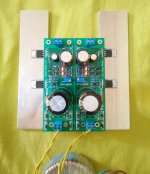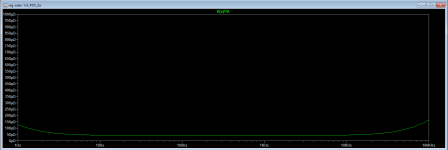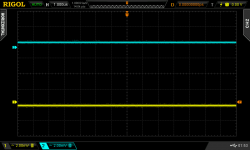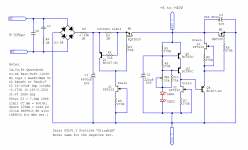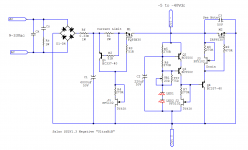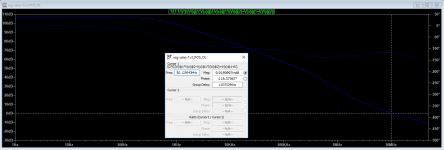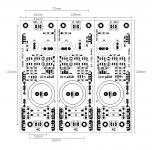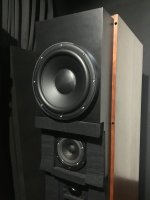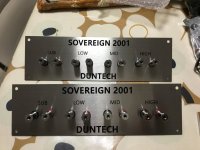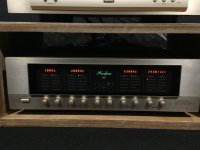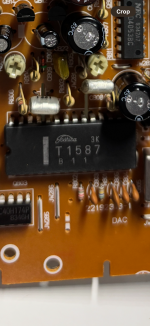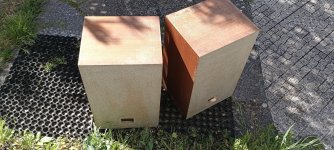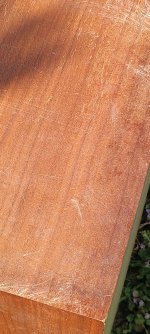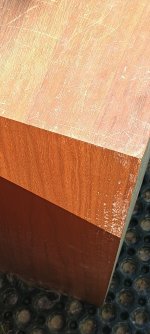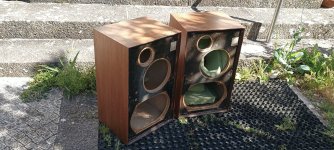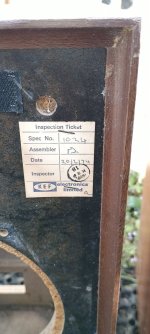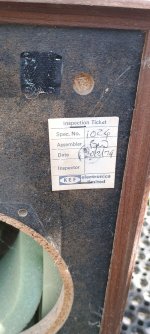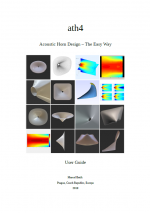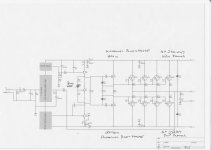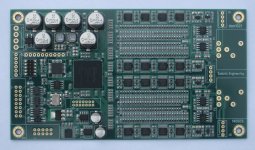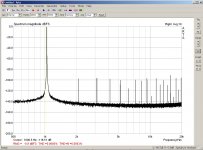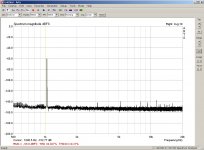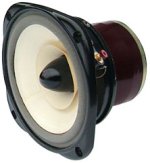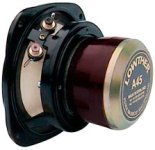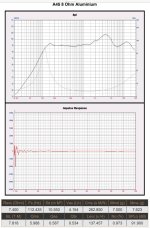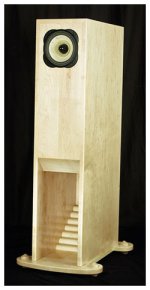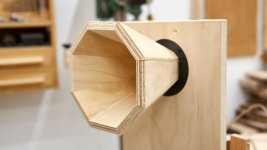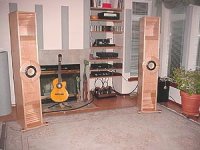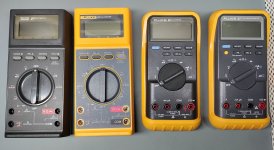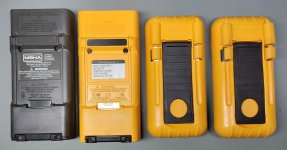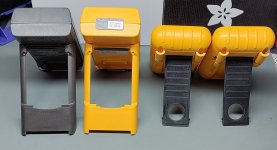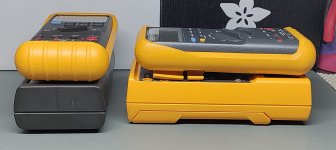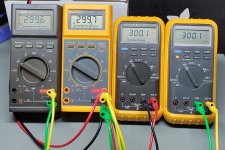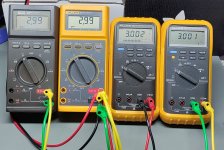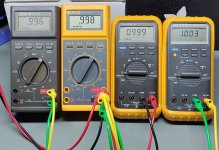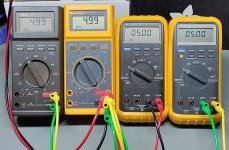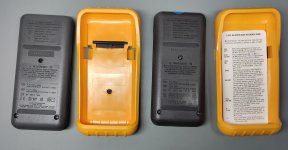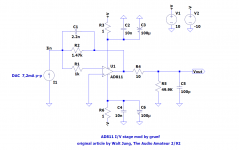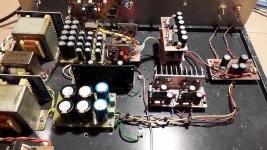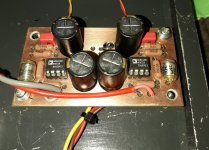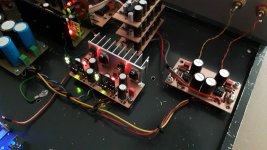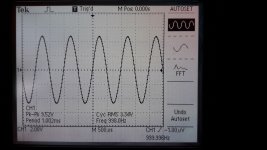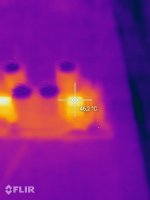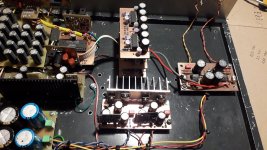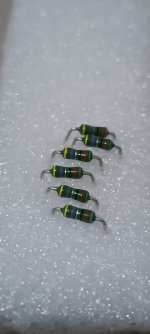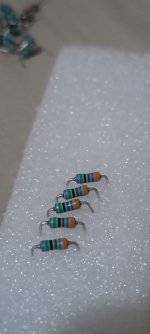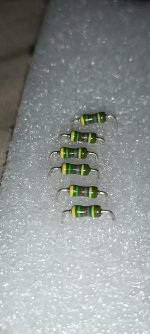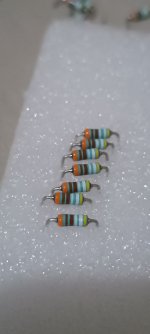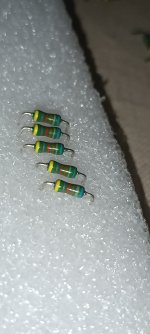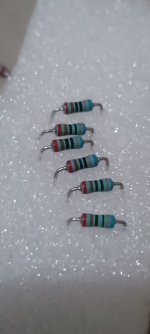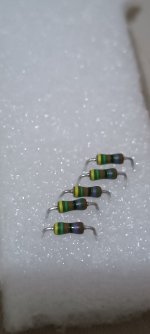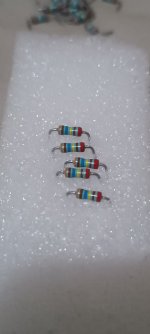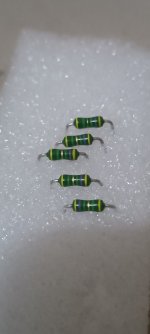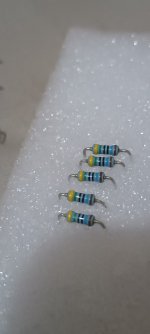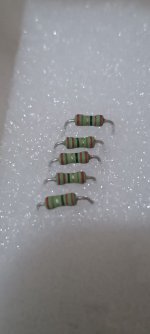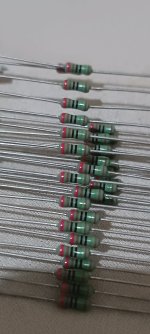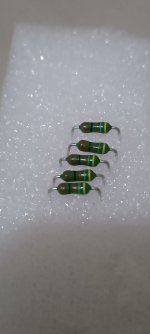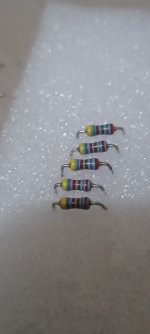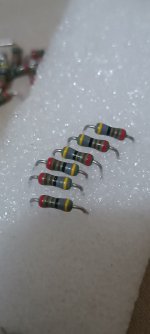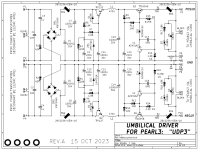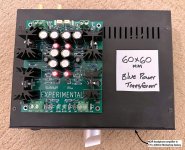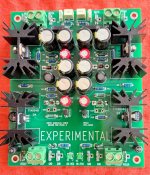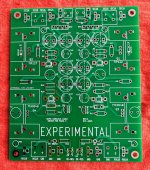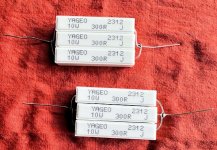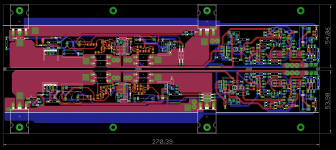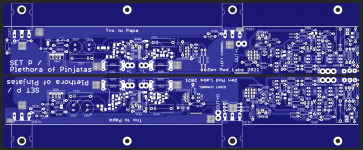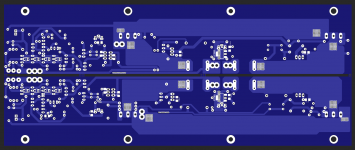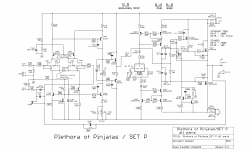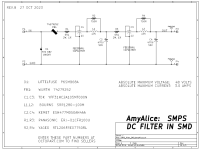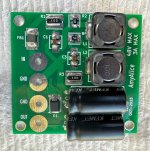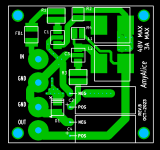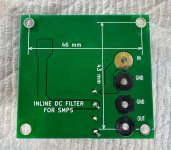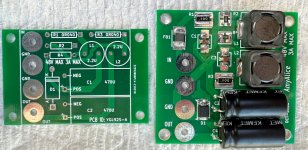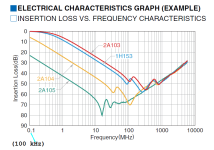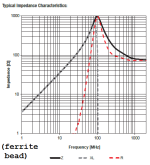Hello guys, I wanted to share my last build, maybe get some feedback.
I was very happy with my
nupole (nude dipole on a pole).
Took the dipole path few years ago, for a very evolutive and iterative process with 20+ versions.
The last one was very very satisfying, but I couldn't stop thinking that it might all be based on biases that evolved in parallel.
Friends and even more Hifi enlighten friends enjoyed it too but could not invalidate my choices.
Also the room evolved with the build, and I know this could hurt the end result, or know that I might have to change few things to better work with a box system, but this is for later.
So I decided to try one last time a boxed system.
I initially started with a simple
3 way sealed, classic look that I like, reasonable size as I thought I wouldn't need much SPL.
First prototype was not very pleasant.
Build a second one a little bigger, not much better.
It felt weak, not enough presence in the room, no filling/no feeling.
I'm sure it could have been better with a lot of tune work but it was just not a good enough starting point.
So, for the time and money involved why not go nuts with the biggest I could fit in the room?
Always love the jbl 4350 serie, so this was the first inspiration.
And really love the
Pitt & Giblin stuff, this was the kick in the back I needed to decide for a 3 way sealed with horns.
In the same time Nicolas opened his online shop on
Audio Horn so after discussion I went with the X-28 with roundover option.
2x15" woofer sealed for the bottom to try sub-less first, and allow a future port if needed.
Studied a bit what kind of woofers could play nice in a sealed box of 100L, at reasonable prices, and went for the SB
15OB350 (very cheap and the simulated response was not much better with the 15SW800).
Then what kind of midrange could play nice between 200-1500Hz with this horn? The
PHL3040 seemed a good fit, among others.
I could have gone with a more low midrange oriented one but wanted to try.
Construction was fun, I'm very impatient and usually start with minimal plans, my way to deal with surprises during the process.
Very useful informations were found online around the jbl : plans, clones, video build etc so I had a good idea how to do it.
I also have a limited wood work knowledge, practice and tools, so I again went the ikea route, for a good enough finish with minimal work.
So I took some
door panels, full particle boards with a fake but nice walnut finish, for the outer box, and Eket boxes resized for the horns.
22mm plywood for front and back, with mdf as second layer where needed + bracing.
100x70x40cm, 280L outside and around 220-230L inside, with a 15L. box for the midrange, bracing very similar to the the jbl, all panels in their longer length + support around the woofers. Kind of light bracing as a start, that could evolve if needed.
Bought few tools to get a nicer result, a
little router that was very easy to manage and surprisingly strong enough for the big holes, and a plunge saw with rails for better cuts as my regular circular one didn't cut straight on longer runs.
I've built one at a time and was ready for 3 thinking I will mess the 1st too much, but fortunately it was ok and I was able to do 2 very similar in a row. The second one is a little cleaner on edge cuts and details but is 95% the same I'd say.
To do better I would have to study real wood working, or ask for help.
It sure could be built better but it is solid, where I thought it seemed a little weak I would just add some wood.
If I redo one I would go even bigger as finally their size is fine.
Few pics of the boxes:

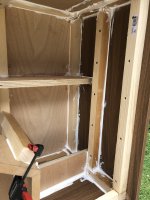
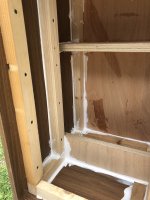
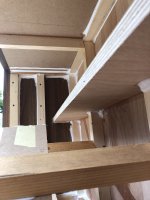
And some of last rew stuff:
- Nearfield response per driver, no eq needed on the midrange, big +12db boost on the woofers.
Did a bunch of off-axis measurement to get a feeling of the response, not shared here I just don't always save them and almost never "tag" them anyway.
Planned for a 1200ish Hz crossover for the horn, but surprisingly the 10" midrange off axis response was too good high up, or not enough directive if I can say to get a good match with the horn, so went with 1400Hz.
- Sum and timing made at listening point with mic and ears, before and after eq with averages:
I first heavily stuffed them but at the end removed everything. Clearly lost 4-5db with stuff above 50hz for just a little more low end.
And without, compensated by eq, it just sounds better.
I didin't notice much resonance, nor saw any in the impedance sweeps, just something to check for later.
Still working on the tuning of course, the first result was disappointing on the low end, I clearly missed the clarity of the dipole stuff.
It really felt like I missed some notes! Or the room just ate them.
I tried to integrate the H-frame subs, but this was nearly impossible, placement and room interaction just didn't work to mix both types.
I don't listen super loud so I have headroom with the woofers, that's why I pushed them a lot.
And after few more tunes it got better, I was able to get back some of the presence the first octave can give you.
But sure the room is not forgiving, work in progress…
The horn is really good, of course it gave me more precision in the soundstage, more than the dipole.
So a little more accurate, easier on listening window too, but also less ambiance. It's just too early to judge.
Nothing to say on the midrange, it does its job perfectly, and very efficient too.
They might not be as good as the kartesian, but here it's also too early to judge.
It's the very beginning and there's a lot more to do and test. different crossover points, different slopes etc.
The target is hard to adjust, I need more time as it's a very different result.
Also one day I might measure them outside and try Virtuix, but they're damn heavy…
I re-used the flex 8 and some of previous amps at first.
A Schiit rekkr for the horns, perfect, absolutely silent!
A fosi v3 stereo with 36v for the midrange, lowered the volume but it's still a little hissy.
And Crown xls 1502 for the woofers since the boost needs some power.
I initially though about getting some plate amps, fusion maybe for an integrated look, and to get power for the woofers.
But I also had not so good experience with hypex and HE drivers, so I first took some voltage measurements on the cones to see what kind of power they used.
- dual parallel woofers, 3.6 ohms at 30hz where EQ boost is severe: at -20db on flex, 2.8 watts and at -10db, where I just almost never go: 28 watts. So far off the Xmax limit around 500w even at max volume.
- midrange at 1Khz, peak of the response: -20db 0.025 watts, -10db 0.25 watts
Very efficient, so finally and since I don't think I'll ever go over -6db I ordered a second rekkr to put on the midranges, I'm confident they will be then totally silent.
For the woofers the xls is too noisy, tried the little fosi v3 with 48v and it's better, but I think their new v3 mono will be a better match, waiting for them now. Glad I didn't ordered the fusions!
So now I enjoy the new sound, it's different, but the more I tune the closer it gets.
I don't think I will get he clarity of the dipole, but I will just have to decide it I can accept the new compromise.
If ok I will then finish them a little better, paint the baffle, adjust few things, and then start to adapt the room, relocating the diffusors for example.
If convinced I could even rebuild them better, bigger.
One thing for sure, they will be easier to live with as I don't have big powerplants in the middle of the room anymore, better when receiving a bunch of people during summer.
Cats enjoyed them too, they don't care about the cones and I'm glad, just two more big things to climb on and chill
😉





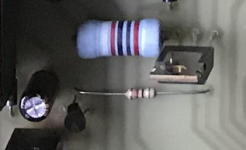
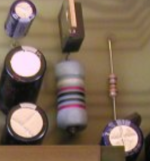
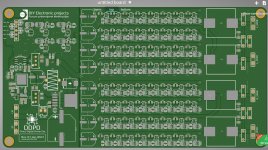
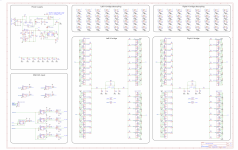
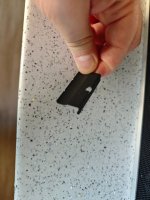
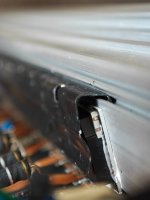
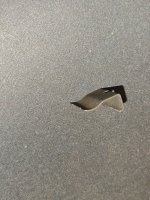
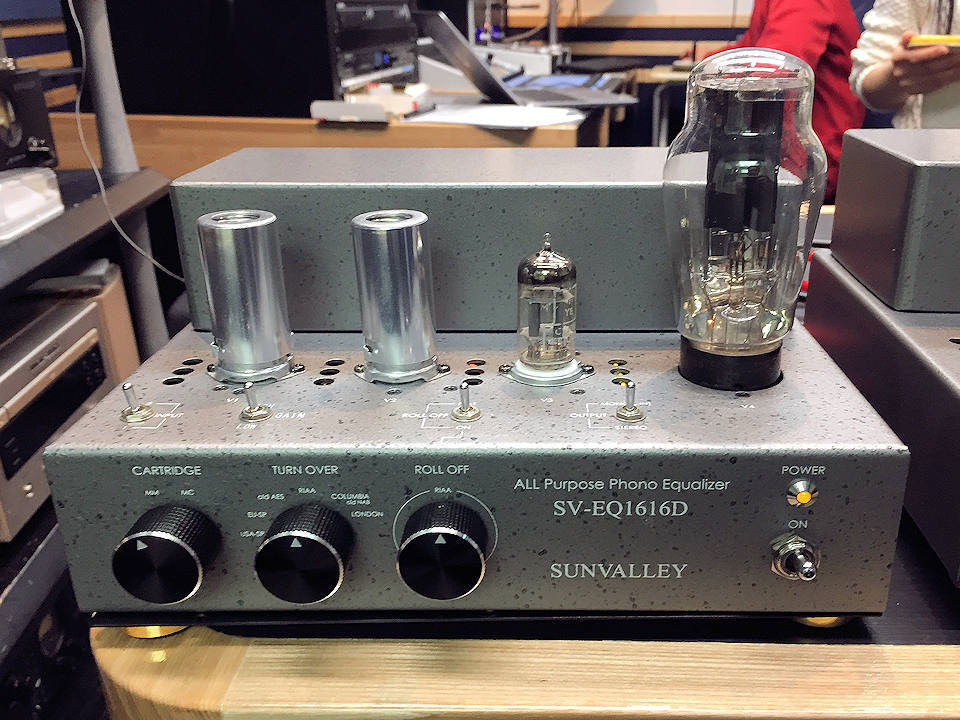
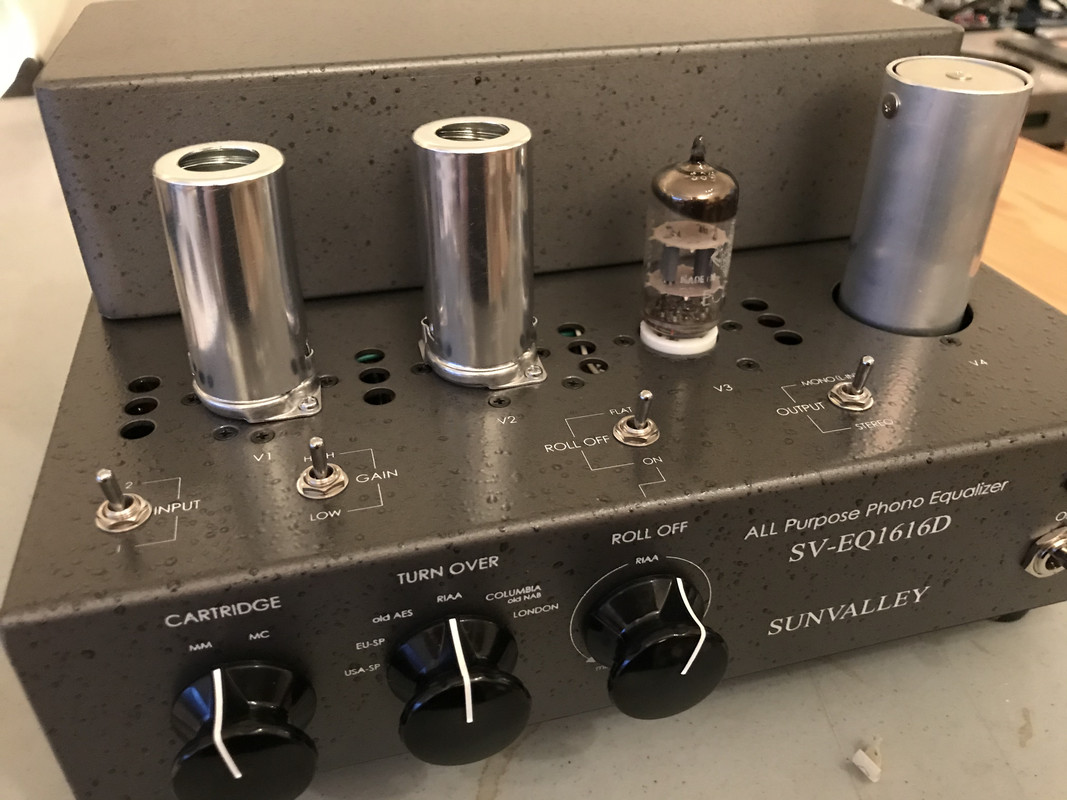
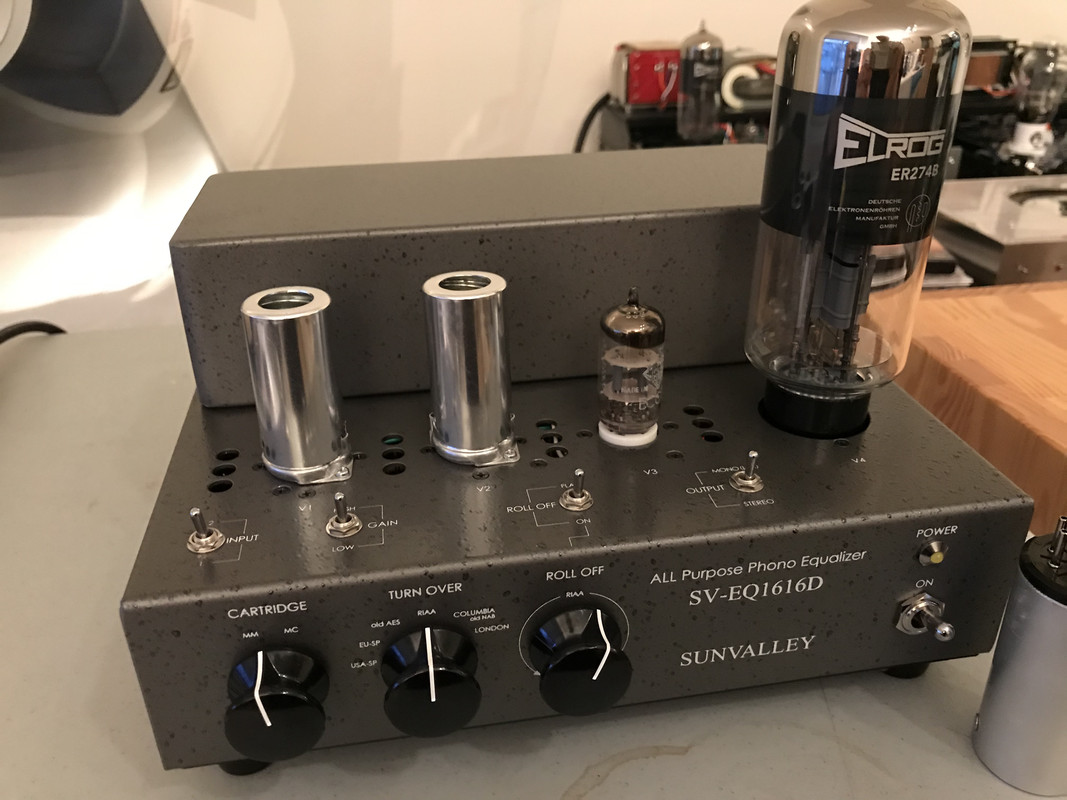
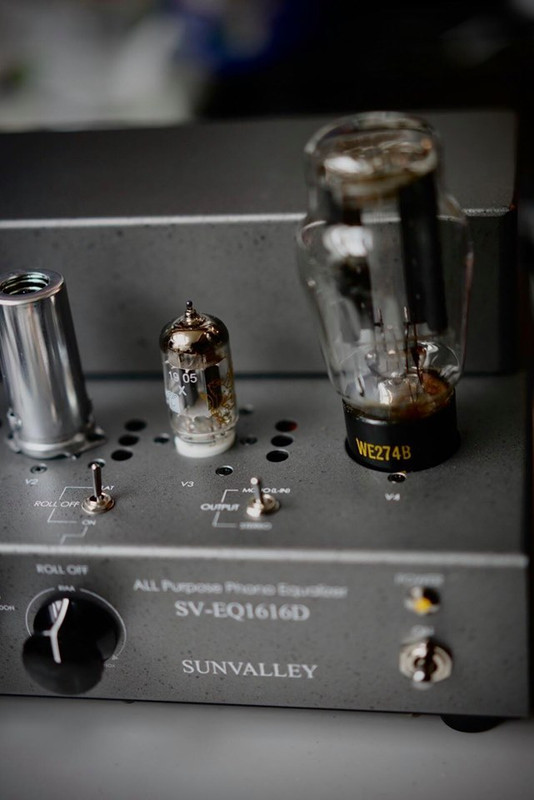
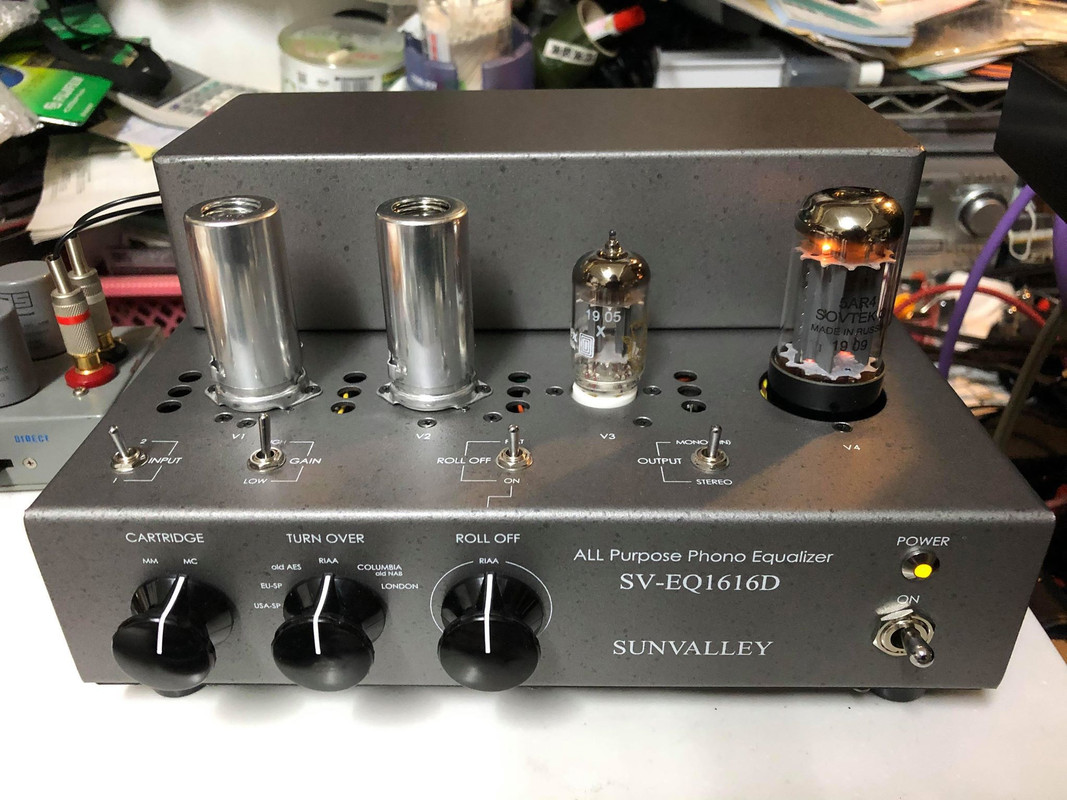
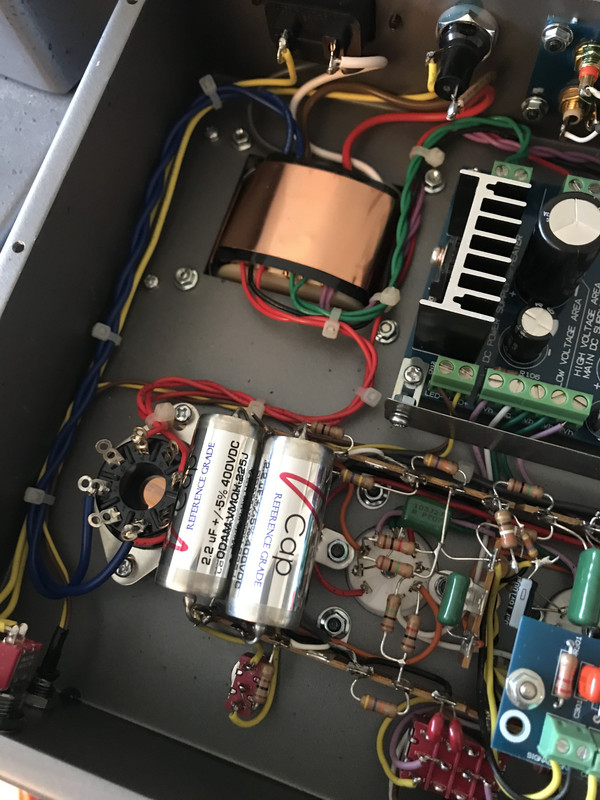
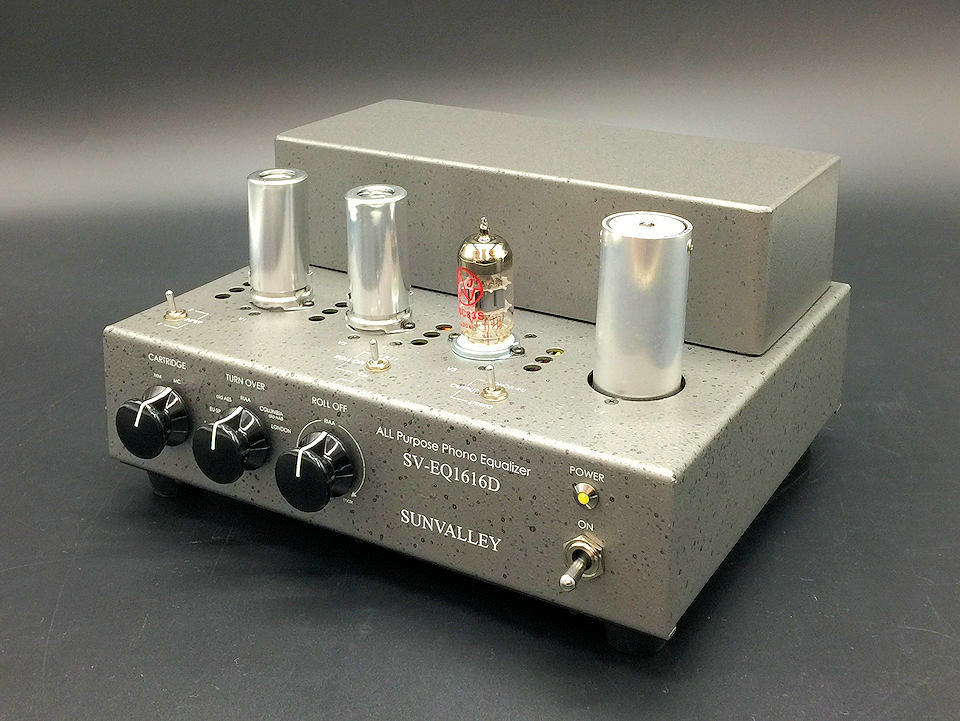
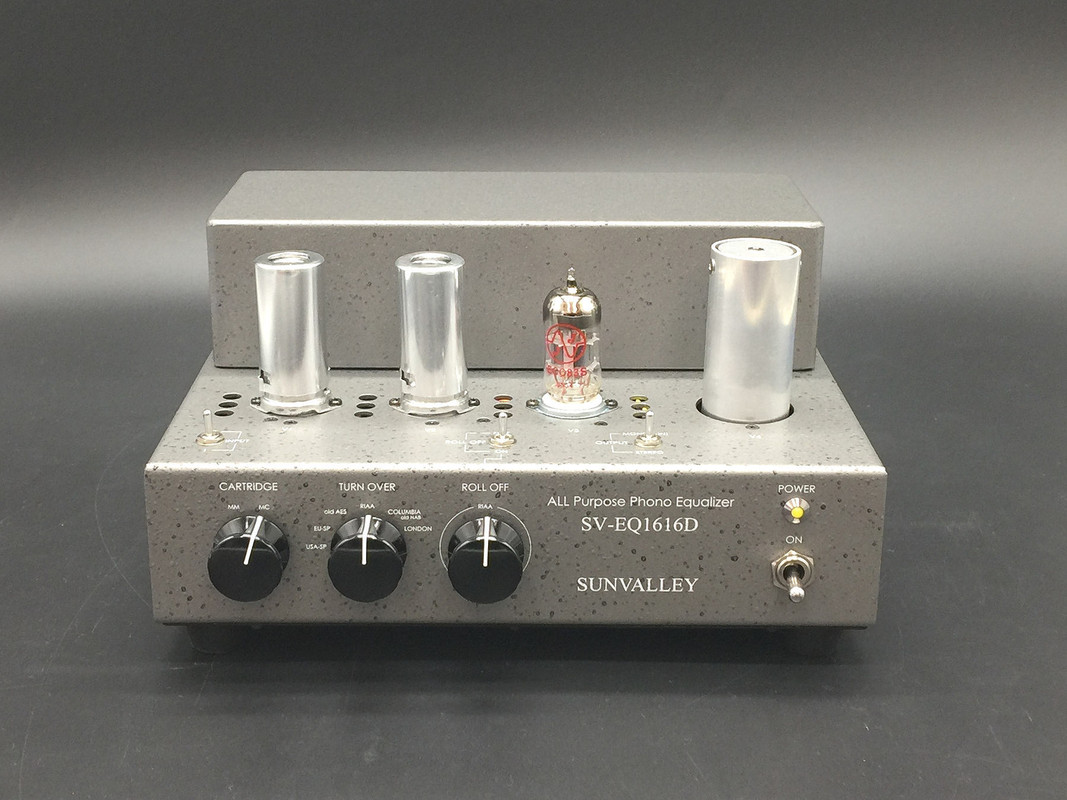
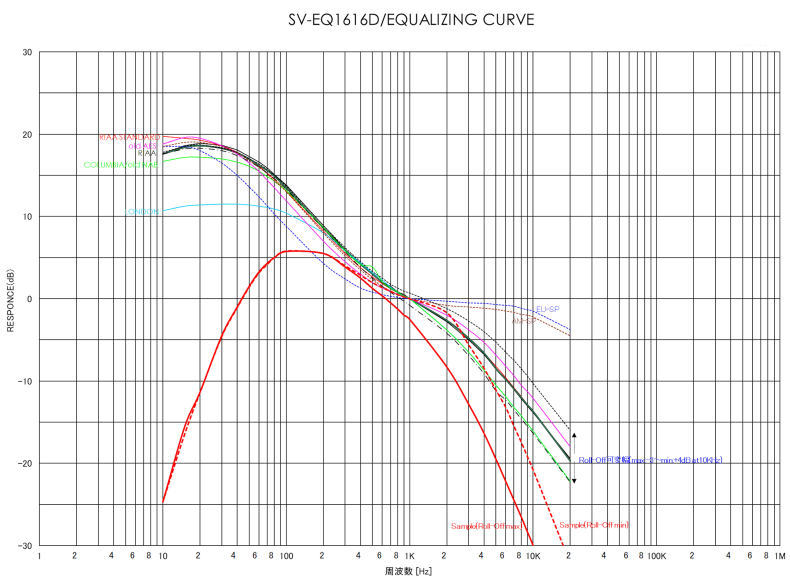
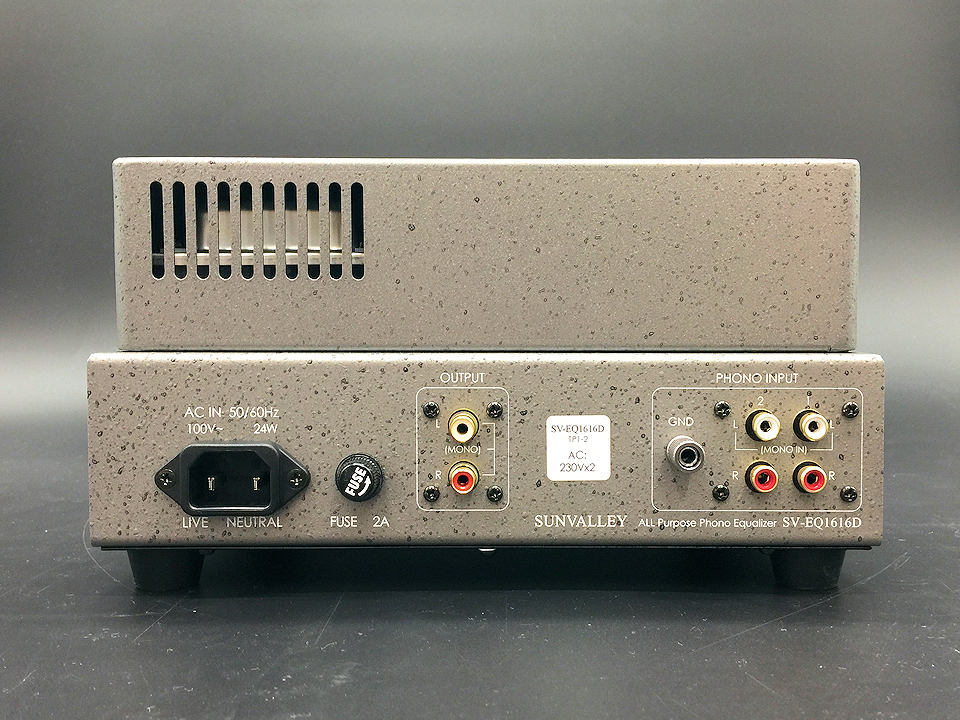
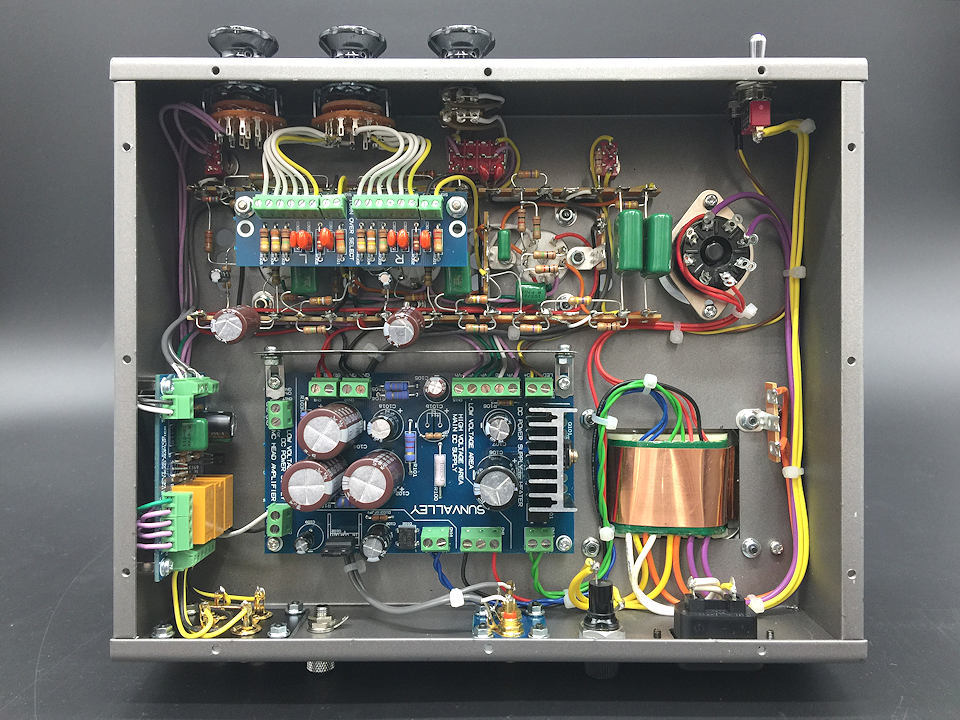
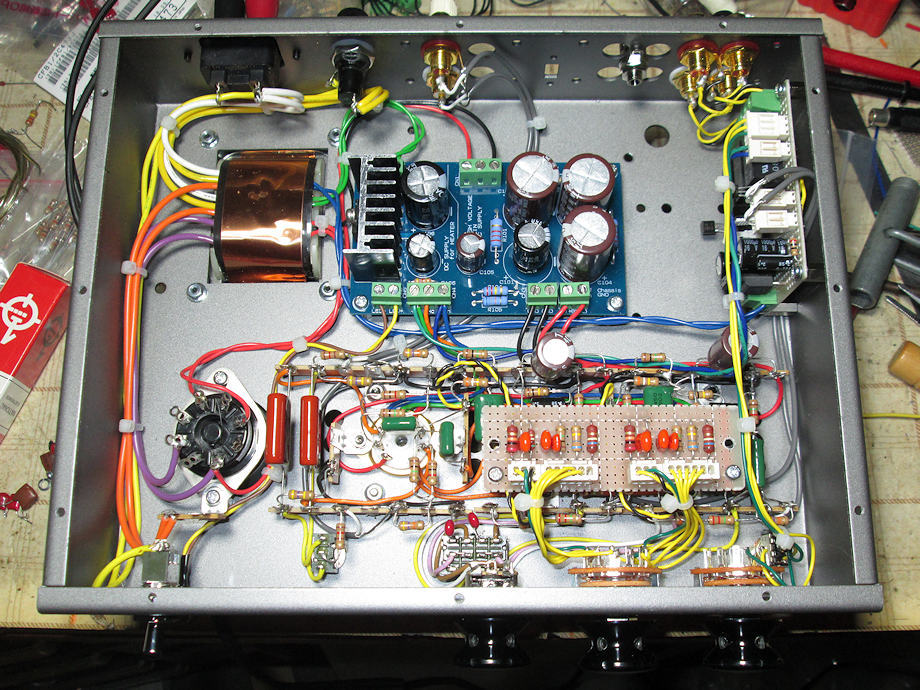
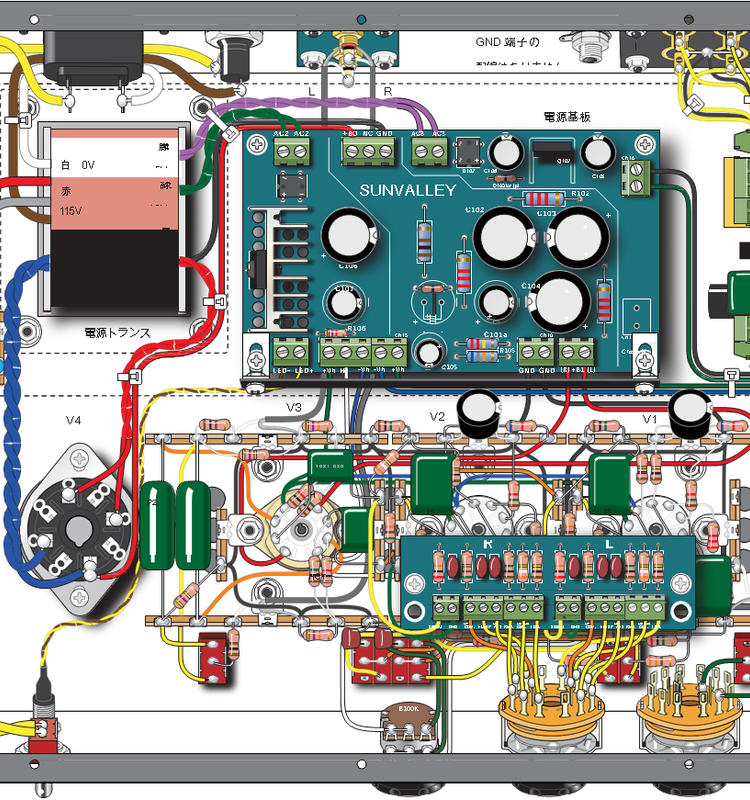
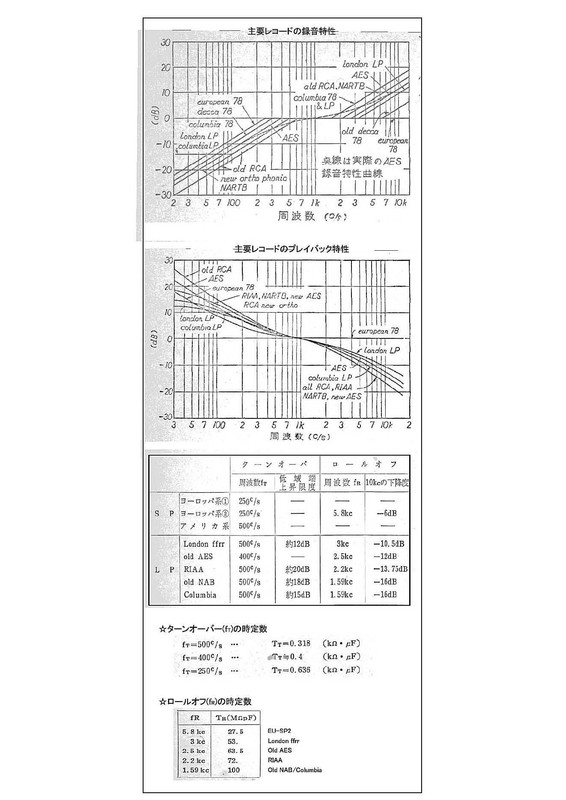

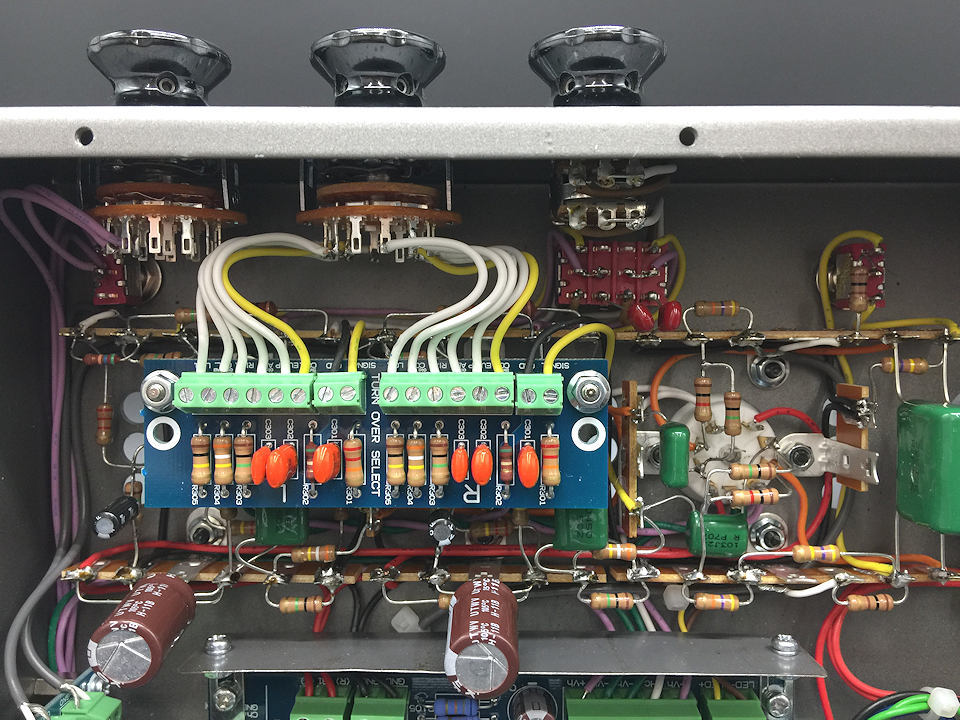
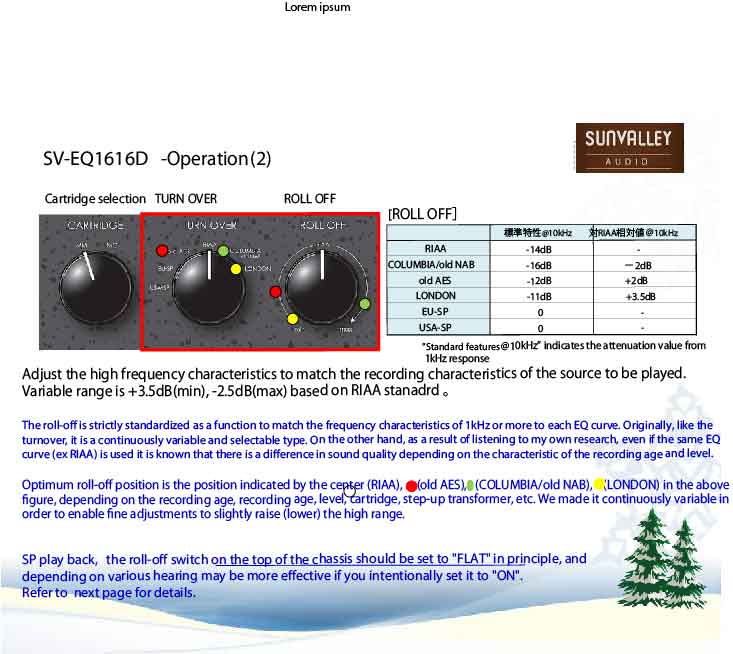

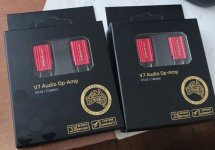
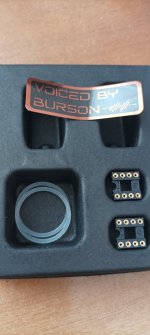
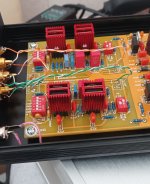
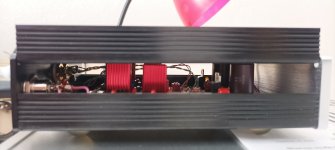
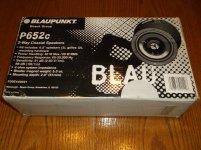
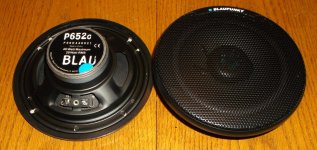
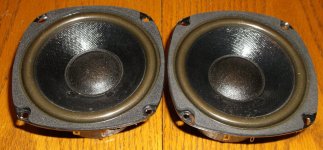
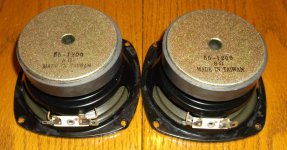
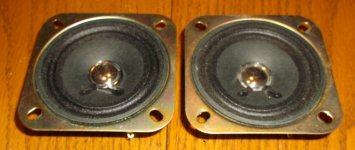
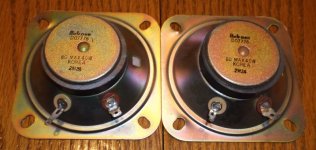
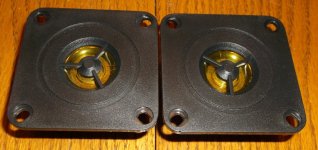





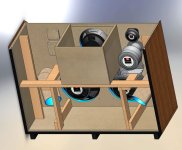
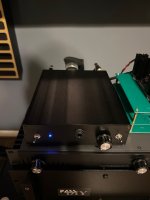
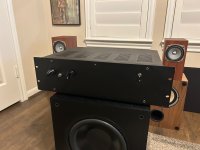
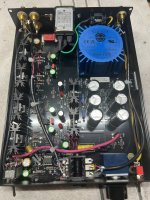


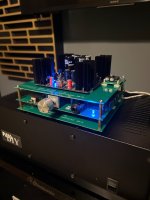
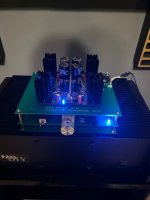
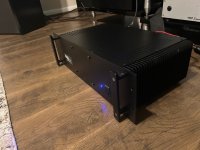
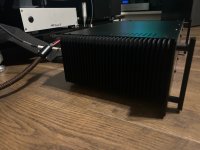
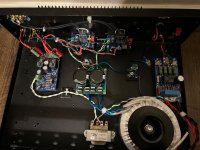


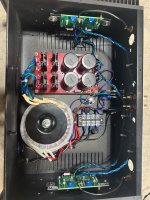
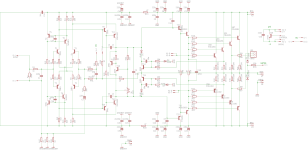
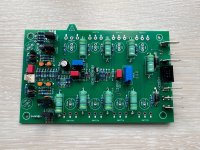
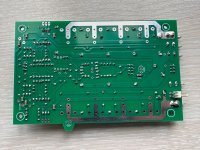
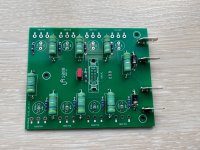
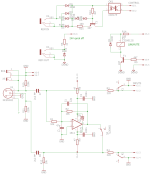

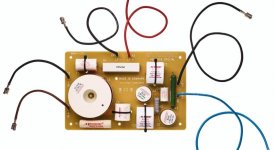
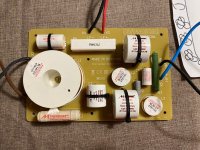
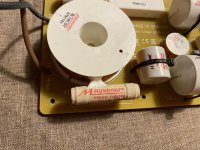
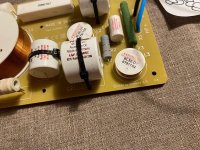
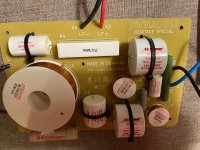
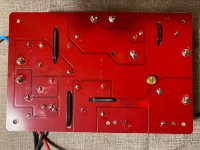




 Copyrighted materials removed by moderation.
Copyrighted materials removed by moderation. 